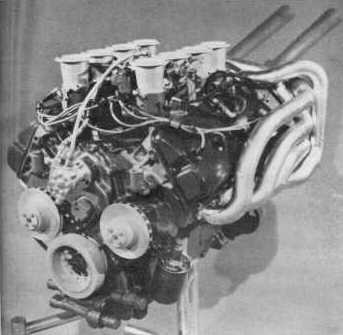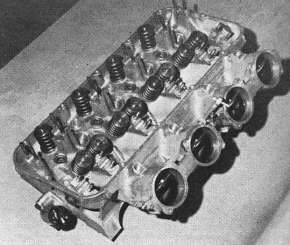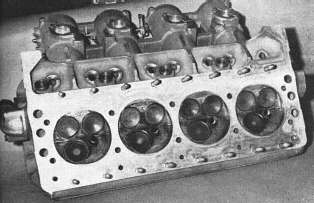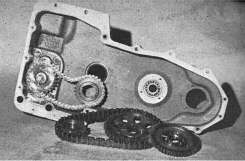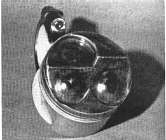289 SOHC
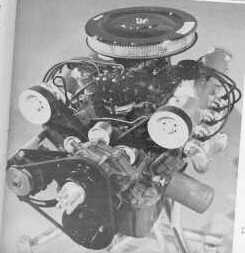
|
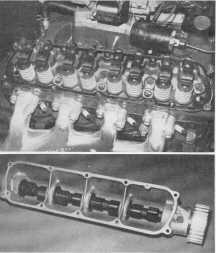
|
|
Start with your basic 289... The front cover is modified, leaving space
behind the water pump for a Gilmer belt drive to run the camshafts.
Three idler pulleys guide the 1" wide belt. Drive is take off the rear
of the water pump. The valve covers are replaced by husky aluminum castings
that house the camshafts. Rocker arms are replaced by cast iron followers.
It produced in the neighborhood of 300 horsepower at around 6500 RPM. At one point, somebody at Ford thought it would be a good idea to provide this as a kit. But since the higher revving nature of this engine pretty much required the 289 HiPo bottom end, better breathing heads and intake manifold to take advantage of the higher RPM potential, and more than likely new pistons as well, they came to their senses and shelved the entire project. |
|
